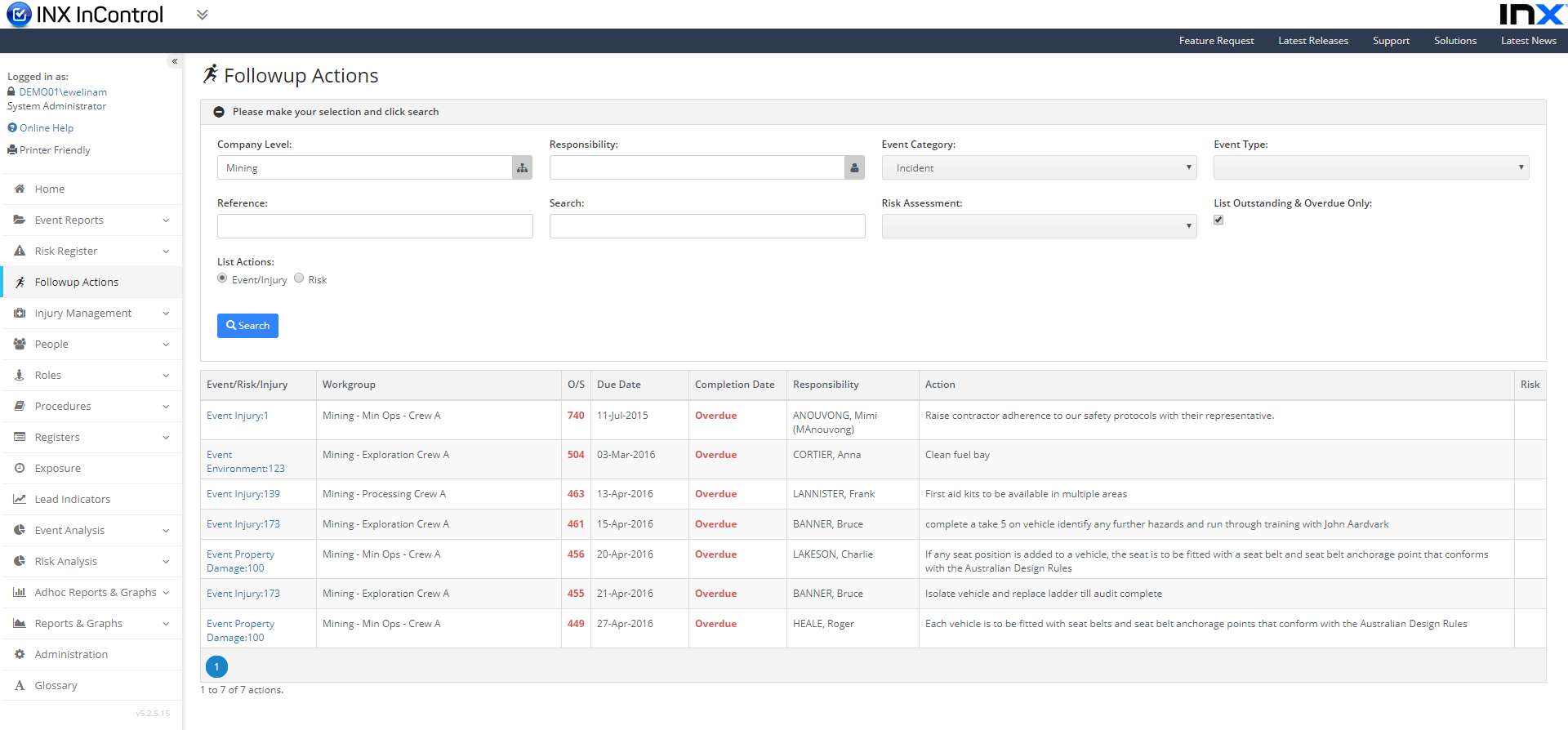

This degree of morphine-sparing is stronger than what has been reported with acetaminophen 44, 45but weaker than with ketamine or nonsteroidal antiinflammatory drugs. At 24 h, the decrease in cumulative morphine equivalents was approximately 25% with clonidine it was 30% with dexmedetomidine. With dexmedetomidine, a statistically significant decrease in opioid consumption was observed from the second postoperative hour until the twenty-fourth hour with clonidine, the decrease was from the twelfth until the twenty-fourth postoperative hour. 21, 29, 31įirst, both clonidine and dexmedetomidine reduce morphine consumption after surgery. 17, 21, 29, 31At 48 h, the median of the average pain scores in controls was 3.1 cm (range, 2.8–3.5) and the effect of clonidine was not significant anymore.

17, 18, 31At 24 h, the median of the average pain scores in controls was 3.7 cm (range, 2.4–5.3), WMD −0.7 cm. At 12 h, the median of the average pain scores in controls was 4.9 cm (range, 3.7–5.1), WMD −1.5 cm. 21, 31, 33At 12 and 24 h, clonidine significantly decreased pain intensity. At 1, 2, and 4 h, clonidine did not significantly decrease pain intensity. 7–12, which are individual Forest plots). 3 see Supplemental Digital Content 1,, figs. Ten trials tested clonidine, 17, 18, 21, 29, 31, –, 33, 37, 38, 41and data on VAS pain scores at 1, 2, 4, 12, 24, or 48 h after the end of surgery could be combined ( fig.


 0 kommentar(er)
0 kommentar(er)
